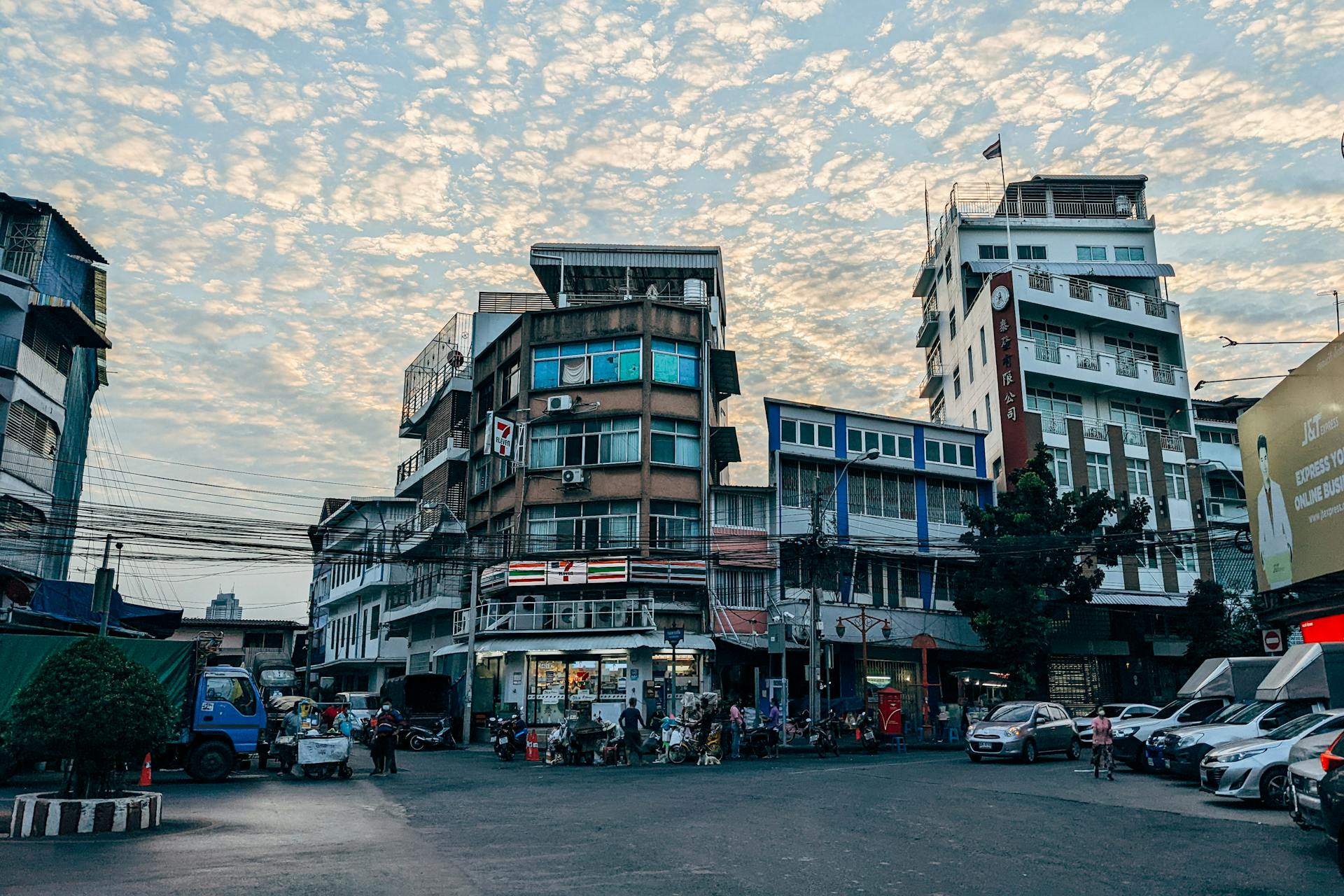

Question: What is the Alternative to Gentrification?
Answer: The alternative to gentrification is community-led development, which focuses on inclusive growth, affordable housing, and preserving the cultural and social fabric of existing neighborhoods.
Beyond Revitalization: Exploring Alternatives to Gentrification
Gentrification, the influx of wealthier residents into lower-income neighbourhoods, has sparked heated debates. While it can revitalize neglected areas, the displacement of long-term residents remains a significant concern. This article explores alternative approaches to neighbourhood improvement that prioritize existing residents and foster inclusive growth. [ 1 ]
The Limits of Revitalization: Rethinking Development Strategies
The focus on revitalization as the sole purpose of neighbourhood development often overlooks the human cost of gentrification. Alternative approaches should prioritize the needs and aspirations of existing residents, ensuring they benefit from neighbourhood improvements.
One alternative involves investing in existing infrastructure and amenities within the neighbourhood. This could include improvements to public parks, community centres, libraries, and recreational facilities. Upgrading public transportation can also enhance connectivity and accessibility for residents.
Supporting local businesses through grants, loans, and mentorship programs can foster economic opportunities within the neighbourhood. This can help existing businesses thrive and create jobs for local residents.
Click here for more information on how to find out property value
Please visit this page to get more info about the meaning of gentrification
Related Article: What is the Difference Between Gentrification and Revitalization?
Related Article: Who Benefits From Gentrification?
A Focus on Affordability: Preserving Existing Housing Stock
Preserving the existing affordable housing stock is important to prevent displacement and maintain the social fabric of the neighbourhood. This could involve implementing stricter rent control regulations, providing financial assistance for repairs and maintenance of existing affordable housing units, and acquiring buildings at risk of conversion to luxury apartments.
Exploring alternative ownership models like community land trusts can be beneficial. Community land trusts are non-profit organizations that own the land under a building, while residents own individual units. This model ensures long-term affordability and prevents displacement.
Investing in the construction of new affordable housing units is also important. Inclusionary zoning, which mandates a certain percentage of affordable units in new developments, can be a powerful tool for achieving this goal. However, ensuring these units are truly affordable for existing residents is crucial.
Empowering Residents: Community Engagement and Participation
Community engagement should be at the core of any neighbourhood development strategy. Residents should have a say in the planning process, ensuring their concerns and aspirations are heard and reflected in the final plans.
This can involve establishing resident-led committees that participate in planning discussions and decision-making processes. Open forums and workshops can provide opportunities for residents to share their ideas and concerns about the neighbourhood’s future.
Empowering residents can also involve developing skills and training programs that equip them to participate in the local economy. This could include programs focused on entrepreneurship, job training, and financial literacy.
Building a Collaborative Future: The Role of Stakeholders
The responsibility for achieving an alternative to gentrification extends beyond residents. Landlords, developers, and policymakers all have a crucial role to play.
Landlords can contribute by maintaining their existing rental properties and offering long-term leases to residents. They can also explore rent control agreements that are fair to both landlords and tenants.
Developers should strive to create mixed-income housing projects that integrate affordable units alongside market-rate units. This can help maintain the social and economic diversity of the neighbourhood.
Policymakers can play a key role by implementing regulations and programs that promote affordable housing, support community development initiatives, and encourage resident participation. Investing in social services and public programs within the neighbourhood is also essential.
For more information please visit jenjewell.ca
Conclusion: A Sustainable Future for Neighbourhoods
While gentrification might revitalize neighbourhoods aesthetically, it often comes at the expense of displacement. There are alternatives, however, that prioritize the needs of existing residents while fostering economic growth and a sense of community.
By focusing on affordability, empowering residents, and fostering collaboration between all stakeholders, cities can achieve a more sustainable and inclusive form of neighbourhood development. This approach ensures that neighbourhoods evolve without sacrificing the people who call them home.
References
1. https://www.thedeveloper.live/podcasts/podcasts/gentrification-what-is-the-alternative


